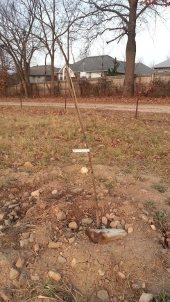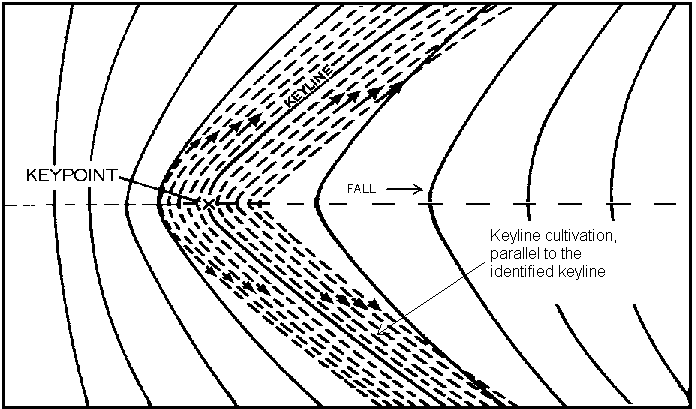G'day Xisca,
Have you watched the Keyline videos at all? I'd especially suggest the best one to watch is from 1955 that we posted on Vimeo a couple of years
agohttps://vimeo.com/13323213 . This does a fantastic job of explaining many of the key concepts around Keyline Pattern Cultivation.
Otherwise I can highly recommend to you the book by J. MacDonald Holmes 'The Geographic Basis of Keyline'
Thirdly in the thread 'Ridge Patterns' I pointed out the following:
"1. In valleys you should plow parallel below a contour
2. On ridges you should plow parallel above a contour
3. Where you are plowing from valley to ridge or vice versa and you want to do it optimally then you should A. mark the keypoint and then the keyline of the valley (its full and correct term) B. on the adjacent ridges mark the lowest point on the ridge and then the contours of these till you hit the valley C. Mark a parallel offset up the ridge (s) until you hit the end point (s) of the keyline of the valley D. Plow parallel to this continuous line both above and below and all is good in the world! "
That pretty well sums it up. Again this is why I have started to do eHD so that we can go through these very basic concepts at a pace that allows all to understand things from the start. I'm sorry Xisca that I've not been able to help you completely over the last week, but sometimes forums are not the best means of communicating things without spending more time that I unfortunately have available: that's why I don't do fourms anymore...
Thanks and all the best,
Darren









